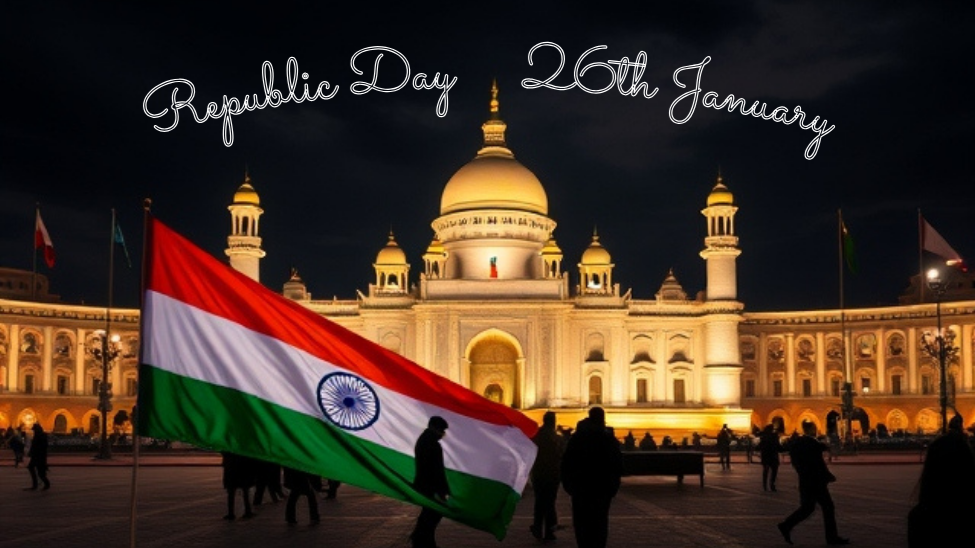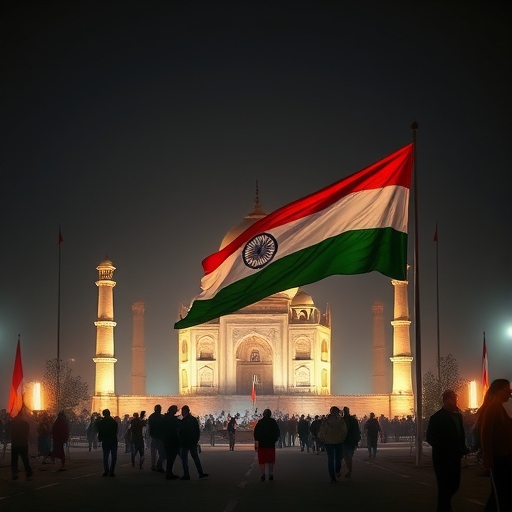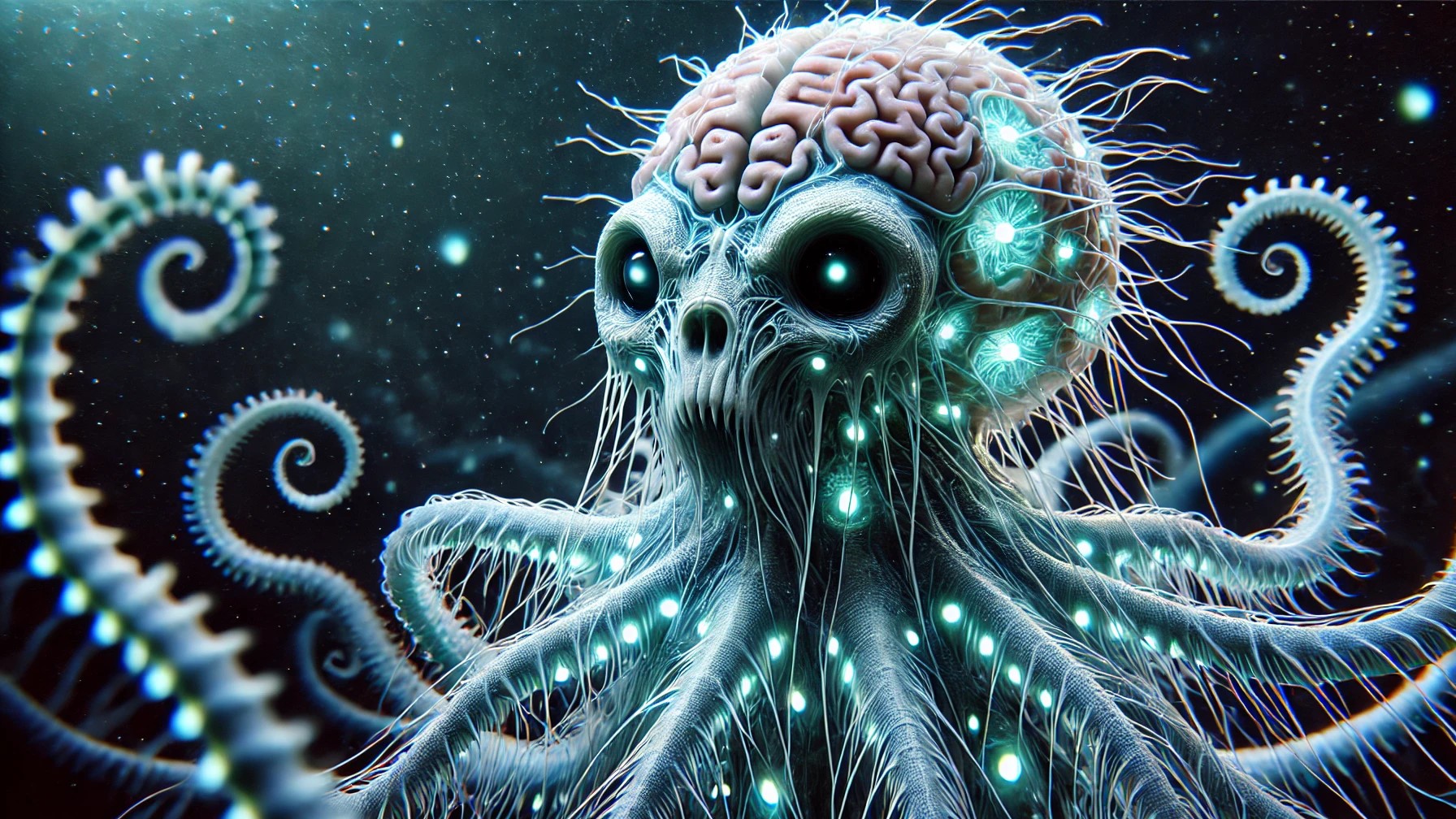India’s Republic Day, celebrated every year on January 26th, holds profound significance in the nation’s history. It marks the day when the Constitution of India came into effect in 1950, transforming India into a republic. This day is not just a national holiday, but a moment for the country to reflect on its progress, its unity in diversity, and its unwavering commitment to democratic principles. For over seven decades, Republic Day has been a symbol of India’s pride and strength, as it commemorates the remarkable journey of the nation’s independence and democratic governance.
A Historical Milestone: The Journey to Republic
To understand the true significance of Republic Day, we must look back at the history that led to it. While India gained independence from British rule on August 15, 1947, it was on January 26, 1950, that India adopted its own Constitution. This pivotal event turned India into a sovereign, democratic republic. Before this, India was governed under the British-imposed Government of India Act, 1935. But with the adoption of the Constitution, India formally embraced its identity as a democratic republic, where power resided not in a monarch but in the people, with the ultimate authority resting in the hands of the citizens.
The Constitution, crafted by the Constituent Assembly under the leadership of Dr. B.R. Ambedkar, provided India with a comprehensive framework for governance, ensuring justice, equality, and freedom for all citizens. This legal document, inspired by the principles of liberty, equality, and fraternity, laid down the rights and duties of citizens and defined the structure of the Indian state.
The Republic Day Celebrations: A Grand Display of National Pride
The Republic Day celebrations are a nationwide affair, with the most notable event being the grand parade in the capital city, New Delhi. The celebration begins with the hoisting of the national flag by the President of India, followed by a national anthem sung by the gathering. What follows is a spectacular parade showcasing India’s rich cultural heritage, military prowess, and achievements in various fields.

The Republic Day parade in New Delhi is an event like no other. Starting at Vijay Chowk, it moves through Rajpath, passing the India Gate and culminating at the Red Fort. The parade features various segments, including:
- The Armed Forces Display: One of the most exciting parts of the parade is the military demonstration, where the Army, Navy, and Air Force showcase their strength, discipline, and technological advancements. The march-past of regiments, followed by the flying of military jets, fills the spectators with awe and respect for the nation’s defenders.
- Cultural Performances: States from all over India present traditional dances, performances, and tableaux that represent the unique culture, art, and history of each region. These performances celebrate the nation’s rich diversity, emphasizing that, despite differences in language, religion, and customs, India stands united as one people.
- The President’s Address: Following the parade, the President of India delivers an address to the nation, reflecting on the progress India has made and the challenges it faces. It is a reminder of the values enshrined in the Constitution and the responsibility of each citizen to uphold them.
- The Beating Retreat Ceremony: The grand celebrations end on January 29th with the Beating Retreat Ceremony, where the bands of the armed forces perform at Vijay Chowk. This marks the official conclusion of Republic Day celebrations.
Republic Day and National Unity
One of the most powerful symbols of Republic Day is the unity in diversity that India showcases. Despite being home to hundreds of languages, religions, and ethnic groups, India celebrates its diverse heritage through the Republic Day events. The participation of all states and regions in the parade is a testament to the country’s inclusive spirit, reminding us that India’s strength lies in its ability to unite people from all walks of life for a common cause.
India’s Constitution promotes a vision of inclusivity and respect for all communities, fostering a sense of belonging among its people. Republic Day serves as a reminder of the importance of maintaining peace, tolerance, and harmony among its citizens. It is a day when the country reflects on how far it has come, and reaffirms its commitment to the principles of justice, equality, and fraternity.

The Future of India: Continuing the Legacy
As we celebrate Republic Day, it’s important to recognize that the journey of a nation is never complete. While India has made great strides in various fields such as technology, education, and social reforms, there are still challenges to overcome. Issues such as poverty, inequality, environmental sustainability, and education need continued attention. Republic Day is not just about looking back at our history, but also about envisioning a brighter future for all Indians.
On this day, we are reminded that we, as citizens of India, share the collective responsibility of shaping the future. The Constitution provides the blueprint, but it is up to the people to live by its ideals and ensure the continued progress of the nation. It is a call to action for every Indian to work toward strengthening the nation and making it a better place for future generations.
Conclusion
Republic Day is a celebration of India’s sovereignty, democracy, and unity. It serves as a reminder of the sacrifices made by countless individuals who fought for independence, and the vision of leaders who shaped the country’s democratic path. As we observe the grand celebrations, let us reflect on the values that make India unique and renew our commitment to building a just, equitable, and prosperous nation for all.
On this 26th of January, let us proudly raise our flag high and salute the spirit of India—a spirit that continues to soar, united in its diversity and driven by the shared ideals of liberty, justice, and democracy.

